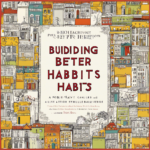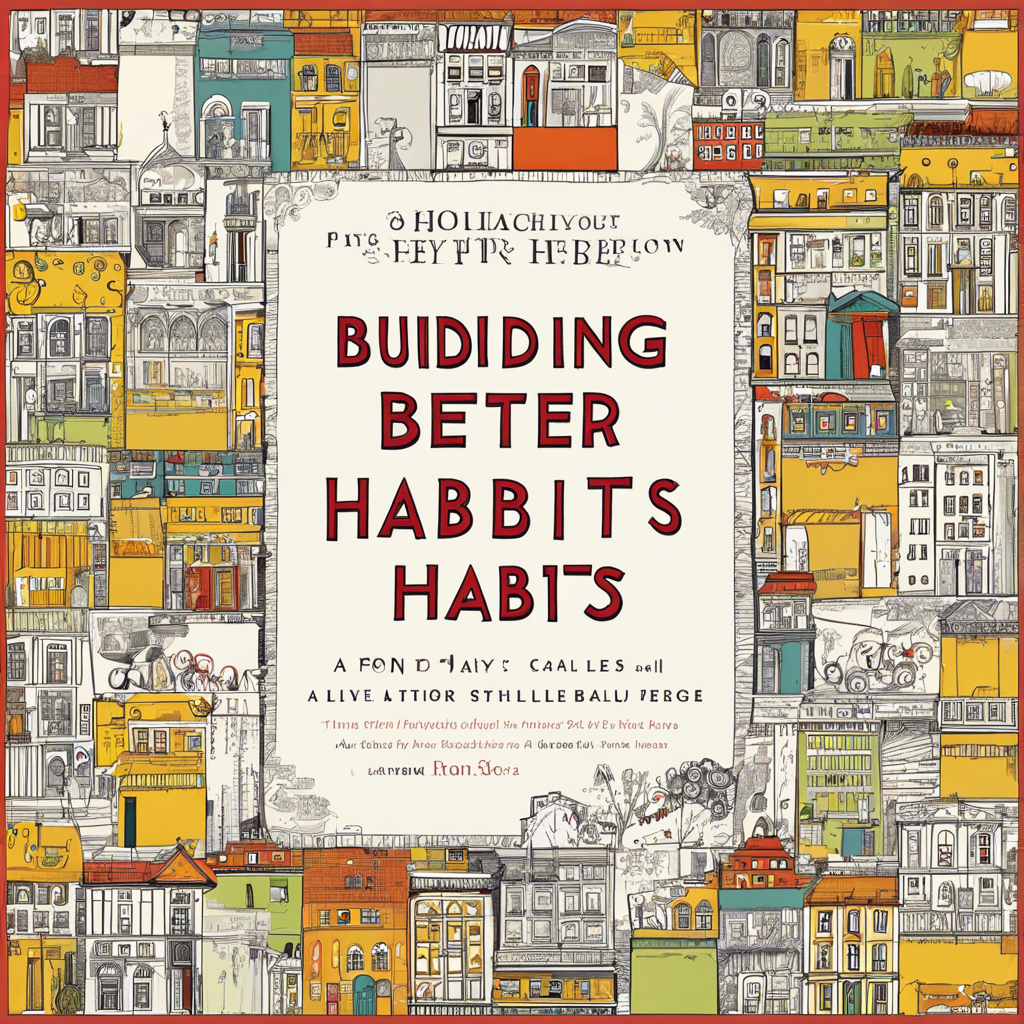Mindfulness: it’s a word that’s been floating around a lot lately, but what does it really mean, and why has it captured the attention of so many people? Well, in simple terms, mindfulness is the act of focusing your attention on the present moment and accepting it without judgment. It’s a practice that has been around for thousands of years, rooted in ancient Buddhist philosophy, but it has gained traction in modern times due to its powerful benefits for mental health and overall well-being.
Our minds are often busy, jumping from thought to thought, and it’s easy to get caught up in worries about the future or regrets about the past. Mindfulness is about training your mind to stay grounded in the here and now, paying attention to your thoughts, feelings, and senses without getting too caught up in them. It’s a practice that can help you become more aware of your thoughts and emotions and, in turn, help you manage them more effectively.
So, why has mindfulness become so popular? Well, in our fast-paced and often stressful lives, it offers a way to find calm and clarity. With increasing demands and pressures in our lives, it is no surprise that mental health issues such as anxiety and depression are on the rise. Mindfulness provides a tool to help manage these conditions and improve overall resilience. Numerous scientific studies have now proven the positive impact of mindfulness practices on reducing stress, improving focus and attention, boosting mood, and enhancing overall quality of life.
Starting your mindfulness journey is simple and accessible to everyone. The first step is to recognize that it is a skill that can be learned and cultivated with practice. You don’t need any special equipment or a quiet, isolated environment (although that can help!). You can practice mindfulness anywhere, anytime – whether you’re sitting on the bus, doing the dishes, or taking a walk. It’s about the intention and awareness you bring to the present moment.
One of the easiest ways to begin is by focusing on your breath. Close your eyes and bring your attention to your inhales and exhales. Feel your chest rise and fall, and notice the air moving in and out of your nostrils. Thoughts will inevitably wander, but that’s okay – gently bring your attention back to your breath. Start with a few minutes a day and gradually increase the duration as you feel comfortable.
Another way to practice is through mindful walking. As you walk, notice the sensation of your feet touching the ground with each step. Feel the wind on your skin, the sun on your face, and listen to the sounds around you. If your mind wanders, gently bring your attention back to your walking and the sensations it brings.
Mindfulness is also about embracing your emotions and senses without judgment. For example, when you’re eating, take time to really taste your food – notice the flavors, textures, and how it makes you feel. Or, when you’re listening to music, focus on the different instruments and the feelings the song evokes. It’s a way to slow down and truly appreciate the little things.
The benefits of mindfulness are far-reaching and can improve all areas of your life. It can help you become more focused and productive, improve your relationships, and boost your overall sense of well-being. By bringing your attention to the present moment, you can start to live a more fulfilling and meaningful life. So, why not give it a go? Start small, be consistent, and watch your mindfulness practice grow and flourish.
Remember, mindfulness is a skill that anyone can learn and benefit from. By incorporating it into your daily routine, you can improve your mental and emotional health and find a greater sense of calm and clarity. So, take that first step and begin your mindfulness journey today – your mind will thank you for it.










